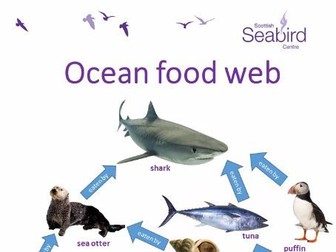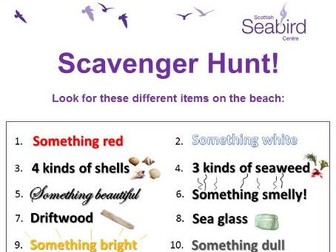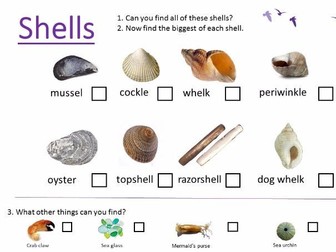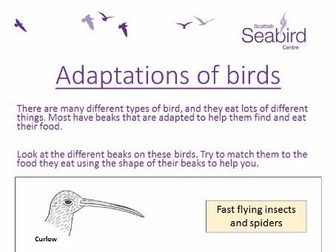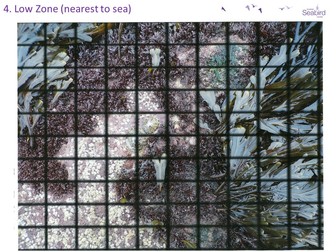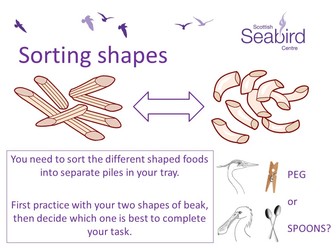Scottish Seabird Centre - Ocean food web worksheet
By studying a food web taken from the seas around the British coast, pupils can see how interdependent organisms are and get an understanding of ecology. They need to consider the impact of removing species from the food web to see how it may affect others. Great for opening up discussions at the start or end of a lesson on the effects of over-fishing, pollution and extinction.
